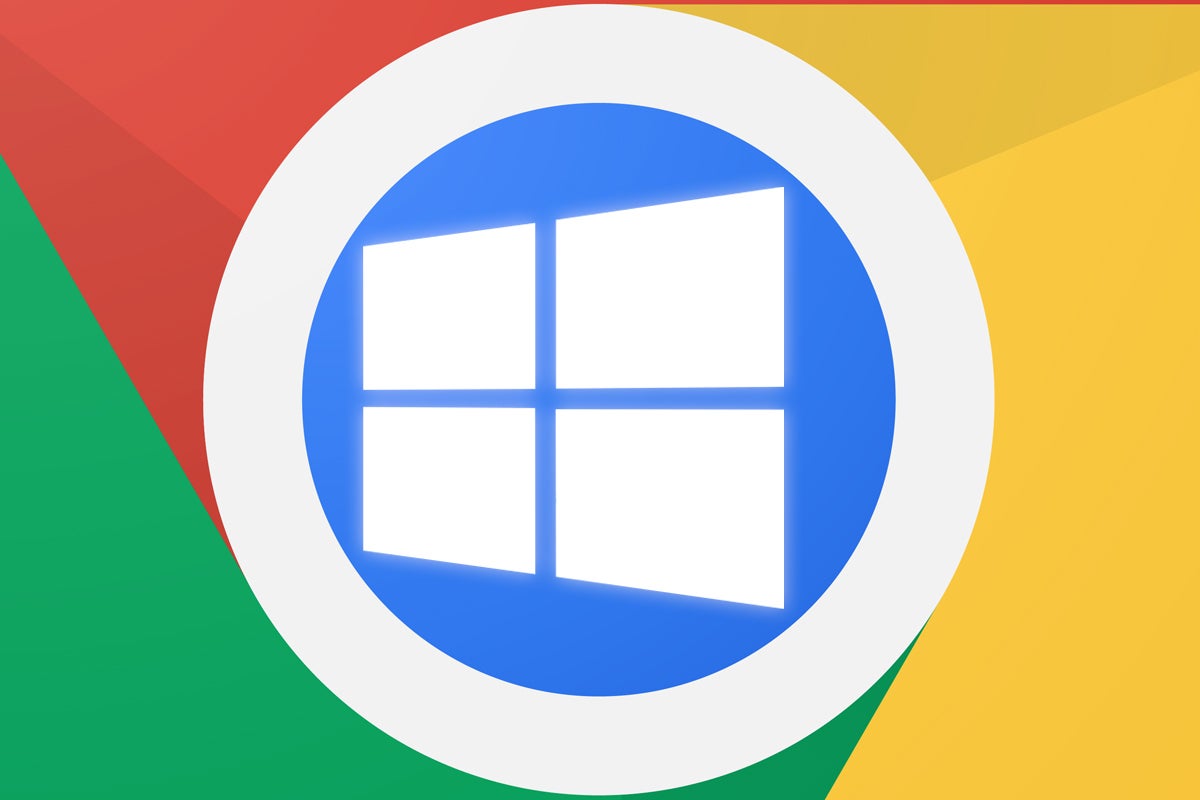When I tell people a Chromebook could conceivably replace their Windows laptop, there’s often an asterisk attached — particularly when it comes to productivity-obsessed computer owners.
And that asterisk almost always comes down to Windows software.
It’s the subject of the second question in my heavily referenced “Is ChromeOS right for you?” guide, in fact, and for good reason: The biggest thing one has to think about when moving to a Chromebook is what type of work you dive into on a daily basis and whether the tools you need would exist in the ChromeOS universe.
Honestly, the typical answer might surprise you. For the vast majority of people these days, ChromeOS’s web-centric approach is more than enough to get the job done. Most of us mere mortals spend most of our time in browser-based apps — or easily could — and especially when you add in the platform’s availability of more advanced progressive web apps along with Android apps and even Linux apps, there’s very little most people would need to do that they couldn’t accomplish on a Chromebook at this point.
The main exception tends to revolve around the business world and the lingering reality of Windows-specific company software. But — oh, yes — that exception is about to be extinguished.
[Get fresh Googley insight in your inbox with my Android Intelligence newsletter. Three things to know and try every Friday!]
Allow me to explain.
Google’s ChromeOS asterisks
For businesses in particular, Chromebooks can offer some significant advantages in cost, simplicity, and security compared to more traditional operating system setups. But when a company has a specific app that’s available only on Windows, whether it’s a custom creation or a niche industry tool, shifting to a platform that doesn’t support that software clearly isn’t an option.
Google’s heard plenty about this over the years. And so this week, it’s taking a significant step to address it.
The answer is almost shockingly sensible, if simultaneously surreal: Google is making Windows apps natively available in ChromeOS, as a paid add-on for companies that require such flexibility. So, yes, if your business opts in for access, you’ll be able to run any Windows-based app right on your Chromebook, as if it were locally installed on that system. And it’ll look and act essentially no different than any web, Android, or Linux program you encounter in your day-to-day ChromeOS adventures.
Cameyo
The feat comes by way of an expanded partnership with a company called Cameyo (which is pronounced cuh-MAY-oh, by the way — not CAM-ee-oh). If that sounds familiar, it should: Cameyo’s been working with Google for a while to offer this service as an external add-on companies can purchase and then use within ChromeOS for this same basic purpose. I wrote about it earlier this year, in fact, and described how seamless and sensible of an experience it creates:
A Windows app actually appears on a Chromebook as a…
2023-08-22 10:00:03
Link from www.computerworld.com rnrn
